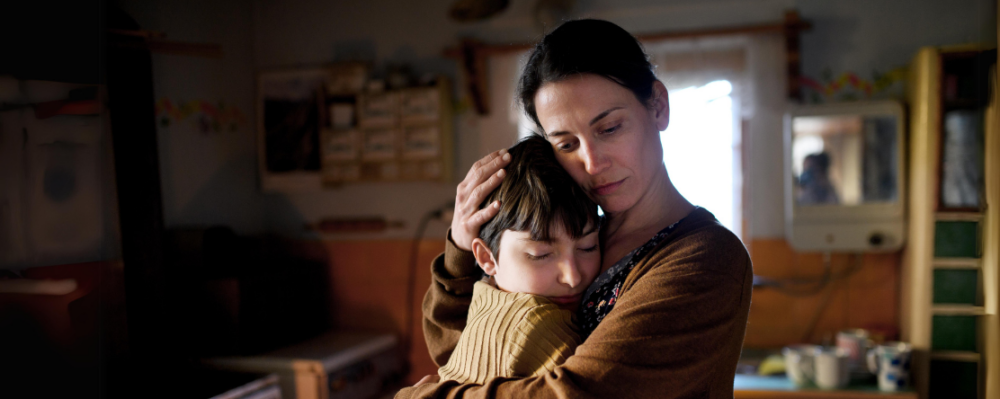
More Than Mass Shootings: Gun Violence Narratives in California News
- Lori Dorfman, DrPH, MPH
- Daphne Marvel, BA; Pamela Mejia, MS, MPH; Laura Nixon, MPH
-
Focus Areas
Healthy Communities -
Programs
Berkeley Media Studies Group

We can’t solve a problem that we don’t fully comprehend.
That’s why a key component of stopping the gun violence epidemic in America is understanding the complete picture of what this public health crisis looks like.
Most people have seen at least glimpses of the picture: Gun violence is a leading cause of premature death in the United States, killing more than 38,000 people and causing nearly 85,000 injuries each year. The good news, in the face of these staggering statistics, is that gun violence is completely preventable, and communities and leaders around the country are making powerful strides toward ending the epidemic — wherever and however it happens.
The bad news is that not enough people recognize that violence is preventable, in large part because of the public discourse around gun violence, which portrays it as extreme and inevitable.
Daily news is a key piece of that discourse: Many people learn about gun violence primarily through the filter of what appears in the media. That means that the public’s understanding is significantly influenced by print, broadcast, and social media. Journalists set the agenda for the public debate about any issue by deciding which incidents they report (or don’t report) and how they choose to frame these. “Framing” refers to how an issue is portrayed and understood and involves emphasizing certain aspects of a story to the exclusion of others. Frames shape the parameters of public debates by promoting particular definitions of a problem, its causes, its moral aspects, and its possible solutions. Many factors influence what frames get evoked in news stories: the language that’s used, whose perspectives are included or left out, what types of information are highlighted, and the potential solutions that are discussed.
We know from decades of research that, in general, news coverage of different kinds of violence can stoke fear by focusing narrowly on the details of the most extreme cases, obscuring solutions, and reinforcing the sense that crime and violence are inescapable and unchangeable problems. When it comes to gun violence in particular, news narratives are dominated by stories about mass shootings. These tragedies, while horrific, aren’t the major cause of gun deaths in this country. In fact, most incidents of gun violence are much less visible: More than 60 percent of people in the U.S. who die from guns die by suicide. Many of the remaining deaths occur in the context of a domestic violence incident (that is, violent or aggressive behavior within the home, typically involving the abuse of a spouse or intimate partner). When gun violence does happen in public, it’s more often in the context of community-level or street violence. Urban gun homicide rates often reach 10 times the national average for homicides.
The public, and the policymakers whose actions and decisions shape our communities, need to understand what everyday, all-too-common gun violence looks like, where it happens, and how it harms people. More than that, they need to know what could be done to end it — and what is being done, in hospitals and homes, in communities and courtrooms, in schools and on streets around the country.
In addition to mass shootings, the news media tend to highlight federal gun law policy efforts. The gun lobby is a high-profile figure in many of these debates. National gun law reform is important, as are ongoing efforts to hold the gun industry and its representatives accountable for the gun violence epidemic. However, community-level solutions are also a key part of addressing that epidemic, and to lift up these strategies, we need to elevate the solutions that are working and the voices of the people who are involved. When the full, complex landscape of gun violence is in view, then the changes that must happen at every level (indi-vidual, family, community, institutional, and societal) to end the epidemic will make sense to people.
Because news provides such an important window into the discourse and has a strong influence on what people and policymakers understand, PHI’s Berkeley Media Studies Group (BMSG) wanted to know:
How do the three most common types of gun violence — suicide, domestic violence, and community violence — appear in news coverage? How, if at all, do solutions appear? Whose voices are part of the stories, and whose are absent? How does coverage of these distinct aspects of gun violence differ, and how is it similar?
For the purposes of this analysis, BMSG focuses on news from California, the country’s most populous state. California, while unique in many regards, is also in some ways a political microcosm of the United States. For example, despite its reputation as a “progressive bastion” with some of the country’s strongest gun laws, the state has a large conservative presence, particularly in rural and inland areas. Since the articles analyzed come from outlets around the state, the frames and themes that appeared in the news reflect a diverse mix of political and social perspectives. Therefore, patterns BMSG observes could hold true for gun violence coverage from other regions of the country. Additionally, although BMSG analyzed news published in California outlets, the scope of what the news outlets covered crossed state lines, including stories about gun violence and gun policy in other parts of the country.
Originally published by Read the full brief.
Work With Us
You change the world. We do the rest. Explore fiscal sponsorship at PHI.
Support Us
Together, we can accelerate our response to public health’s most critical issues.
Find Employment
Begin your career at the Public Health Institute.


